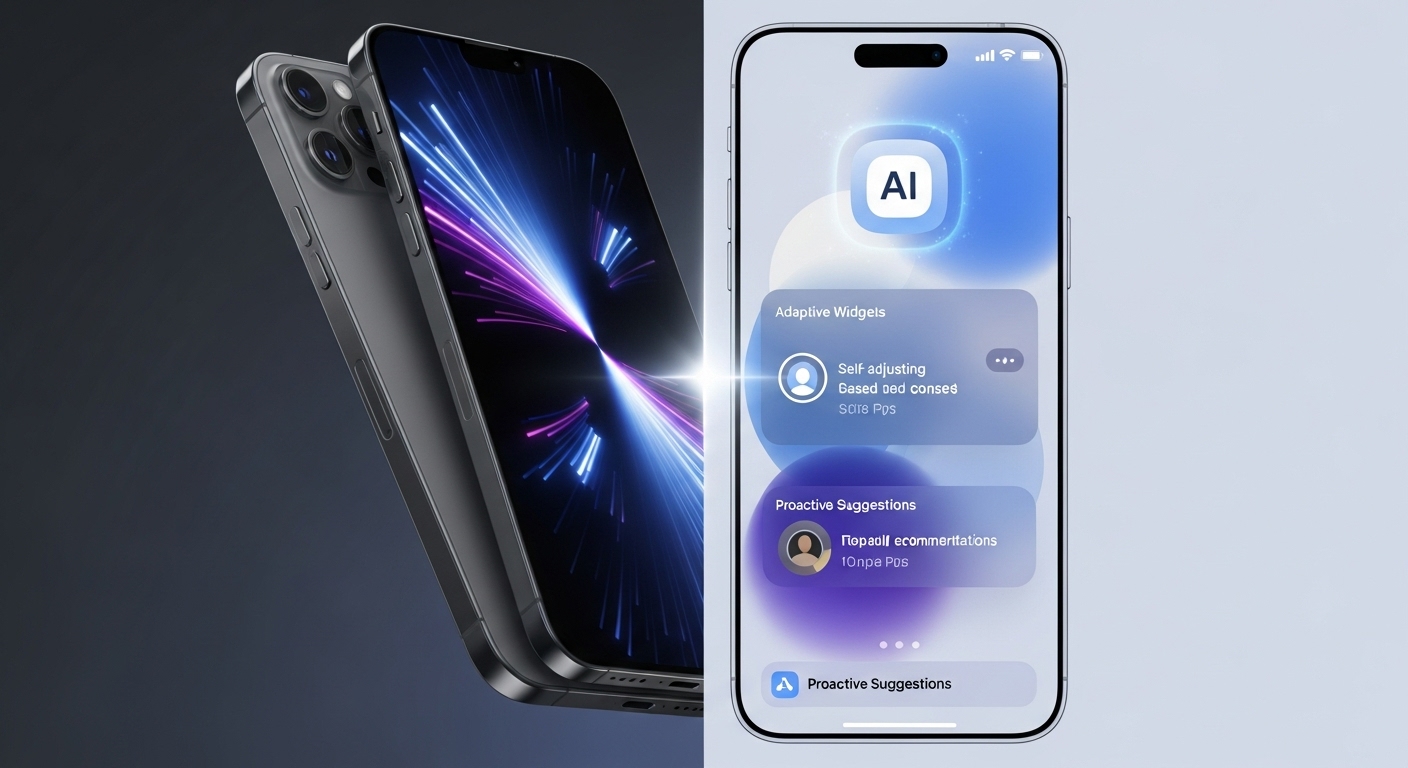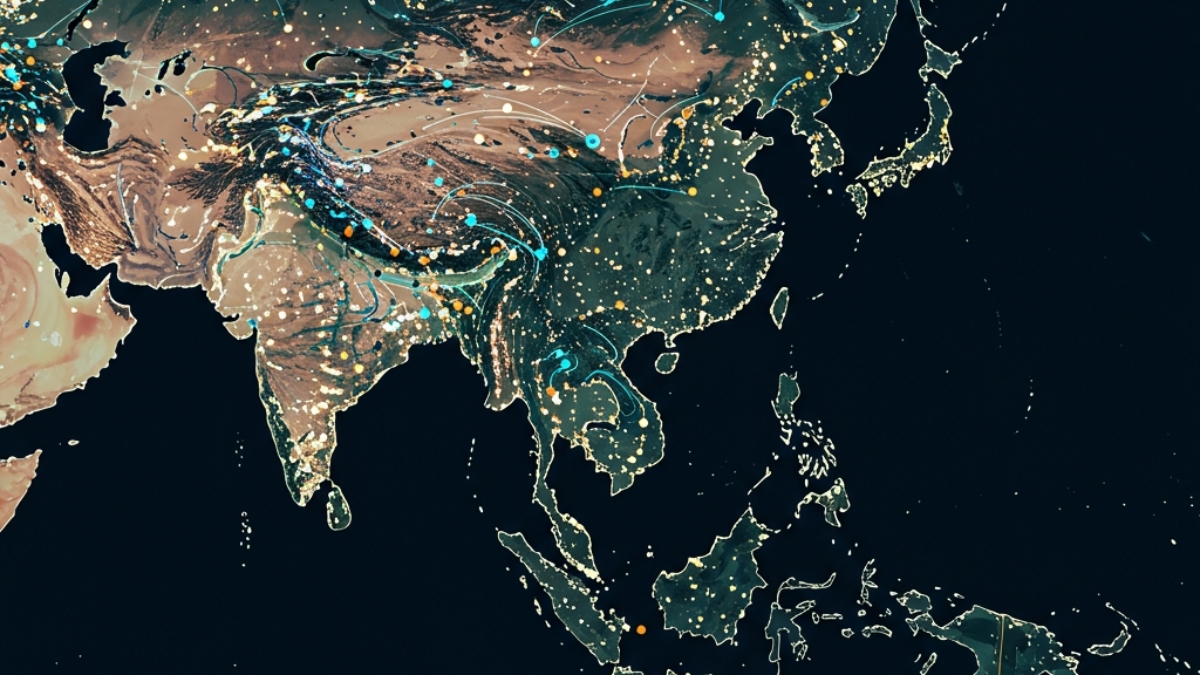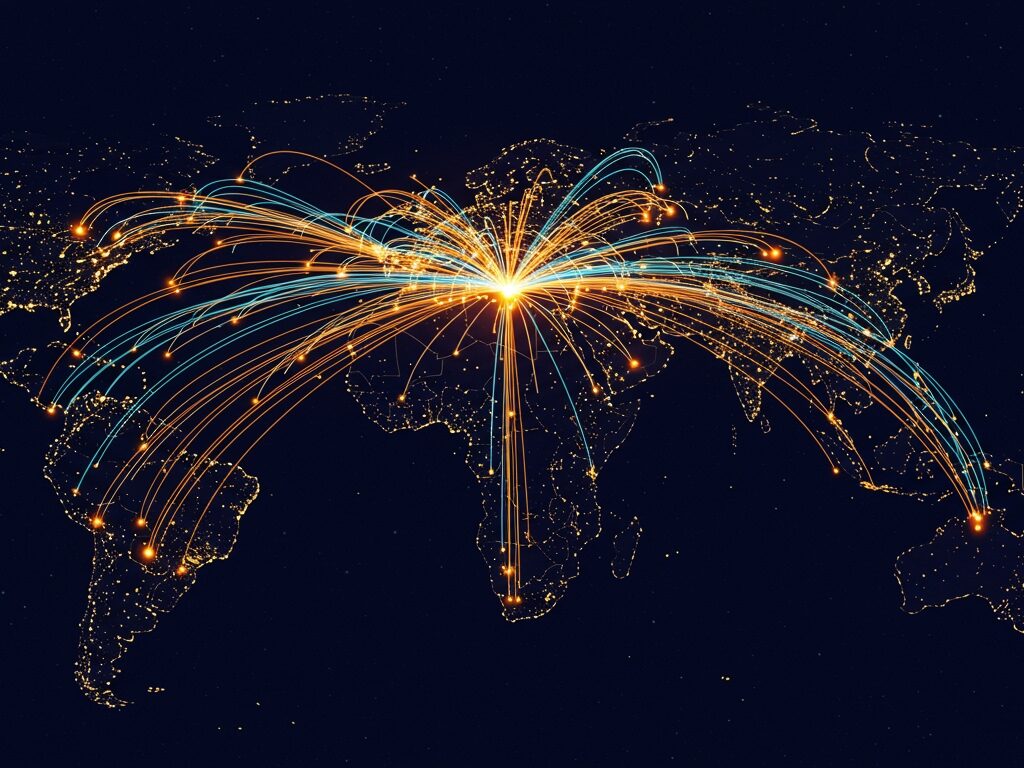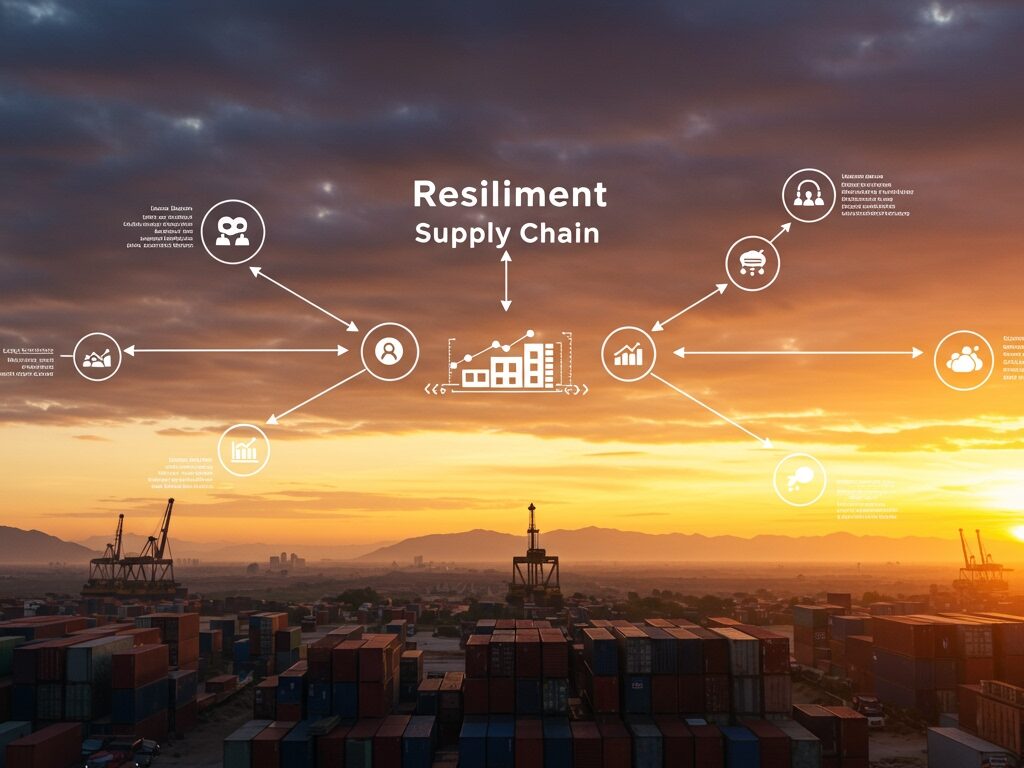Ultimate Guide: Apple Confirms iPhone 17 Launch Event Date for September 9th
Get ready, tech enthusiasts! Apple has officially confirmed its highly anticipated iPhone 17 launch event for Tuesday, September 9, 2025. This “Awe Dropping” event, as teased by CEO Tim Cook, is set to unveil the next generation of iPhones, alongside a host of other exciting announcements. As the countdown begins, this definitive pre-launch hub provides everything you need to know and prepare for Apple’s biggest reveal of the year.
Whether you’re a casual consumer eyeing an upgrade or a die-hard Apple aficionado tracking every rumor, we’ve meticulously curated confirmed details and credible speculation. Our goal is to ensure you’re not just informed, but genuinely prepared for the event and its implications on your tech life and beyond.
Key Takeaways:
- Apple’s iPhone 17 launch event is officially on September 9, 2025, at 10 a.m. PT / 1 p.m. ET.
- Expect four new models: iPhone 17, iPhone 17 Air (replacing the Plus), iPhone 17 Pro, and iPhone 17 Pro Max.
- Major rumored upgrades include ProMotion displays for all models, a 24MP front camera, triple 48MP Pro cameras, and the powerful A19/A19 Pro chip.
- iOS 26, with advanced Apple Intelligence features, will integrate seamlessly with the new hardware, enhancing user experience.
- Pre-orders are expected to begin September 12, with official retail availability on September 19.
The Apple iPhone 17 Launch Event is Confirmed: Mark Your Calendars for September 9th
The tech world collectively held its breath, and now the date is set: Apple’s “Awe Dropping” iPhone 17 launch event will take place on Tuesday, September 9, 2025, at 10 a.m. Pacific Time (PT). This annual fall keynote is a cornerstone of Apple’s product cycle, setting the stage for the holiday shopping season and the direction of mobile technology for the coming year. The event will be held at the iconic Steve Jobs Theater in Apple Park, Cupertino, California.
Why September 9th? A Look at Apple’s Event Timelines
Apple has a long-standing tradition of hosting its major iPhone unveiling events in September. Historically, the company has favored the first or second Tuesday or Wednesday of the month. Looking back, September 9th has often fallen within Apple’s preferred launch window, sometimes even directly serving as the event date, as it did in 2009 and 2015. This consistent timing allows Apple to capitalize on back-to-school purchasing trends and build anticipation ahead of the crucial holiday sales period. The specific “Awe Dropping” tagline and the vibrant, infrared-style Apple logo on the invitations suggest a focus on groundbreaking design or a new cooling system, possibly for demanding AI tasks.

What to Expect: Unpacking the iPhone 17 Rumors and Confirmed Features
The rumor mill has been churning for months, and now with the iPhone 17 launch event confirmed, the pieces are falling into place. We anticipate Apple will unveil four new models: the standard iPhone 17, a new ultra-thin iPhone 17 Air (replacing the previous ‘Plus’ model), and the high-end iPhone 17 Pro and iPhone 17 Pro Max.
Design Innovations and Display Technology
Expect a refined aesthetic across the board. The iPhone 17 Pro models are rumored to feature a new half-glass, half-aluminum chassis and a redesigned, horizontal camera bump. There’s also talk of ultra-slim bezels expanding to more models, making the displays feel even more expansive. Perhaps the most significant display upgrade is the expected inclusion of ProMotion technology (120Hz adaptive refresh rate) across the entire iPhone 17 lineup, a feature previously reserved for Pro models. This will lead to noticeably smoother scrolling and more fluid animations for all users.
Performance Powerhouse: The A19 Bionic Chip
Under the hood, the iPhone 17 series will be powered by Apple’s next-generation silicon. The standard iPhone 17 and iPhone 17 Air are expected to feature the powerful A19 chip, while the Pro and Pro Max variants will boast the even more capable A19 Pro chip. Built on TSMC’s advanced 3nm process, these chips promise significant improvements in raw performance, energy efficiency, and crucial AI processing capabilities, forming the backbone for Apple Intelligence features in iOS 26. Expect a potential increase to 12GB of RAM in Pro and Air variants to support these advanced functionalities.
Camera Revolution: Capturing the Future
Camera advancements are always a highlight, and the iPhone 17 is no exception. All models are rumored to receive a significant upgrade to a 24-megapixel front-facing camera, a notable jump from the current 12-megapixel sensors, promising crisper selfies and improved video calls. For the Pro models, anticipation surrounds a groundbreaking triple 48-megapixel camera system, including Wide, Ultra Wide, and Tetraprism Telephoto lenses, potentially offering up to 8x optical zoom and the ability to record 8K video for the first time on an iPhone. This could set a new benchmark for smartphone photography and videography.
Battery Life and Charging
Improved battery efficiency is a perennial user request, and the iPhone 17 series aims to deliver. Beyond the A19 chip’s inherent power savings, rumors suggest increased battery capacities, particularly for the Pro Max model which could house a 5,000mAh battery. We might also see enhancements to wired charging, potentially up to 35W, and Qi2 25W wireless charging. Intriguingly, some reports hint at the introduction of reverse wireless charging, allowing you to power up accessories like AirPods directly from your iPhone.
Connectivity and Ports
Expect the latest in connectivity with Wi-Fi 7 support across all models for faster and more reliable wireless performance. Apple is also anticipated to debut its first in-house 5G modem chip, potentially in the iPhone 17 Air first, before rolling out to other models. The USB-C port, introduced with the iPhone 15, will naturally return, possibly with upgraded Thunderbolt speeds on Pro models for rapid data transfer. Learn more about USB-C technology.
Navigating the Upgrade Path: Is the iPhone 17 Right for You?
With a new iPhone generation on the horizon, many users ponder the upgrade question. The decision often hinges on your current device and your priorities.
For iPhone 16/16 Pro Owners
If you own an iPhone 16 or 16 Pro, the upgrade decision is more nuanced. The iPhone 16 series already offers excellent performance and camera capabilities. However, if features like ProMotion across all models, the significantly improved 24MP front camera, triple 48MP rear cameras on Pros, or the potential for 8K video are critical for your workflow or creative pursuits, the iPhone 17 Pro/Pro Max might offer compelling reasons to jump. The ultra-thin iPhone 17 Air could also be a major draw for those prioritizing a sleek form factor. Consider how heavily you rely on cutting-edge camera tech or desire the absolute latest in display and processing power.
For Older iPhone Owners (14, 15, and earlier)
For those holding onto an iPhone 14, 15, or even older models, the iPhone 17 presents a more straightforward upgrade path. You’ll experience substantial improvements across the board: a faster processor, dramatically better cameras, potentially longer battery life, a modern USB-C port, and the benefits of iOS 26’s new features. The shift to ProMotion displays for all models will also be a noticeable upgrade for anyone coming from a 60Hz screen. The enhanced AI capabilities through Apple Intelligence will truly transform how you interact with your device daily, making an upgrade feel much more impactful.
Deeper Dive: What Specific Moments to Watch For During the Event
Beyond the headline announcements, the Apple keynote is filled with granular details that often reveal the true innovation. Keep an eye out for these specific moments:
- A19 Chip Deep Dive: Pay close attention to the technical breakdown of the A19 and A19 Pro chips. Details on CPU and GPU core counts, neural engine performance, and any new specialized accelerators will highlight the potential for Apple Intelligence capabilities.
- Camera Feature Demonstrations: Beyond megapixels, watch for live demos of new computational photography features, improved low-light performance, and how 8K video recording translates to real-world use. The ‘Awe Dropping’ hint could relate to new camera optics.
- “iPhone 17 Air” Unveiling: The rumored ultra-thin iPhone 17 Air is expected to be a major talking point. Pay attention to its exact dimensions, weight, and any potential trade-offs in battery size or camera capabilities compared to other models.
- Pricing Tiers and Availability: Apple often strategically adjusts storage tiers alongside price increases. Note the starting storage capacities for each model and any changes to the overall pricing structure, especially for the new ‘Air’ variant. Pre-orders are expected to start on Friday, September 12, with a retail release on Friday, September 19.
- “One More Thing…” Moment: While not guaranteed every year, Apple occasionally uses this segment for a surprise product or a significant technological breakthrough outside the main iPhone narrative.
The Software Behind the Hardware: iPhone 17 and iOS 26
The true power of new iPhone hardware is unleashed by its operating system. The iPhone 17 series will ship with iOS 26, the next major iteration of Apple’s mobile OS, which was likely previewed at WWDC 2025 earlier this year. This integration will be crucial for leveraging the new A19 chips and advanced camera systems.
iOS 26 is expected to feature significant enhancements to Apple Intelligence, including a more contextually aware Siri and an adaptive battery management system that learns user habits to optimize power consumption. There are also rumors of a visionOS-inspired design refresh for app icons and user interfaces, offering a more cohesive look across Apple’s ecosystem. New health app features, potentially including AI-powered wellness coaching, are also on the cards.

Investor Insights: What the iPhone 17 Launch Means for Apple’s Stock
Apple’s quarterly earnings often see a significant boost from iPhone sales, which account for roughly half of the company’s revenue. As such, the iPhone 17 launch event is a critical moment for investors and the broader smartphone market. Historically, Apple’s stock (AAPL) often experiences a “buy the rumor, sell the news” effect, where prices may dip slightly on or immediately after the event as expectations are met or even marginally exceeded, leading to short-term profit-taking.
However, the longer-term outlook tends to be more positive, with successful product releases acting as catalysts for sustained stock growth in the months following launch. Investors will be watching for strong initial sales figures and positive critical reception, particularly for the potentially game-changing iPhone 17 Air and the Pro models’ camera and AI advancements. Any unexpected features or pricing strategies could also significantly impact market sentiment.
Your Comprehensive Guide: How to Watch the iPhone 17 Event Live
Don’t miss a moment of Apple’s “Awe Dropping” iPhone 17 launch event! Apple makes it easy to tune in live from almost anywhere in the world. The keynote is expected to be a pre-recorded video presentation, streamed across multiple platforms.
Where to Watch:
- Apple’s Official Website: The primary destination for the highest quality stream. Visit apple.com/apple-events closer to the date.
- Apple TV App: Available on Apple devices (iPhone, iPad, Mac, Apple TV box), smart TVs, and streaming sticks. Simply open the app and look for the live event tab.
- YouTube: Apple typically streams its events live on its official YouTube channel. This is often the most accessible option for many viewers.
Global Event Times:
The event kicks off at 10:00 a.m. Pacific Time (PT). Here’s how that translates to other major regions:
- Pacific Time (PT): 10:00 a.m. (Cupertino, USA)
- Eastern Time (ET): 1:00 p.m. (New York, USA / Toronto, Canada)
- British Summer Time (BST): 6:00 p.m. (London, UK)
- Central European Summer Time (CEST): 7:00 p.m. (Paris, France / Berlin, Germany)
- Australian Eastern Daylight Time (AEDT): 3:00 a.m. (September 10th, Sydney, Australia)
Consider joining tech news live blogs before and during the event for additional commentary and minute-by-minute updates. Many major tech publications will offer extensive pre-show coverage and immediate post-event analysis.
iPhone 17 Launch Event: Anticipation Builds!
The confirmed September 9th iPhone 17 launch event is poised to be an “Awe Dropping” spectacle, setting the stage for Apple’s innovations in the coming year. From the rumored ultra-thin iPhone 17 Air to the powerful A19 Pro chip and groundbreaking camera advancements, this event promises to deliver significant upgrades and a deeper integration with the AI-powered iOS 26. Whether you’re planning an immediate upgrade or simply curious about the future of smartphones, mark your calendars and prepare to witness the next chapter in Apple’s journey.
FAQ: Your iPhone 17 Launch Event Questions Answered
When is the official iPhone 17 launch event?
Apple has officially confirmed the iPhone 17 launch event for Tuesday, September 9, 2025, starting at 10 a.m. Pacific Time (1 p.m. Eastern Time).
What new models are expected at the iPhone 17 launch?
Apple is expected to unveil four new models: the iPhone 17, the ultra-thin iPhone 17 Air (replacing the previous ‘Plus’ model), the iPhone 17 Pro, and the iPhone 17 Pro Max.
What are the biggest rumored features for the iPhone 17 series?
Key rumored features include ProMotion 120Hz displays across all models, an upgraded 24-megapixel front-facing camera, triple 48-megapixel cameras on Pro models with 8K video recording, the new A19/A19 Pro Bionic chip, and Wi-Fi 7 connectivity.
Will the iPhone 17 include Apple’s new AI features?
Yes, the iPhone 17 series will ship with iOS 26, which is expected to deeply integrate Apple Intelligence features, including an enhanced Siri and adaptive battery management, leveraging the power of the new A19 chips.
When can I pre-order the iPhone 17, and when will it be released?
Based on Apple’s typical release pattern, pre-orders for the iPhone 17 are expected to begin on Friday, September 12, 2025. The official retail release and first deliveries should follow a week later, on Friday, September 19, 2025.
How can I watch the iPhone 17 launch event live?
You can watch the live stream on Apple’s official Events website (apple.com/apple-events), through the Apple TV app, or on Apple’s official YouTube channel.
What does the “Awe Dropping” tagline mean for the iPhone 17?
The “Awe Dropping” tagline, coupled with visual hints, is speculated to refer to the rumored ultra-thin design of the iPhone 17 Air model or potentially a new vapor chamber cooling system for enhanced performance under heavy loads.
Should I upgrade to the iPhone 17 if I have an iPhone 16?
If you own an iPhone 16, an upgrade to the iPhone 17 might be compelling if you prioritize significant camera enhancements (especially on Pro models), a sleek new design like the iPhone 17 Air, ProMotion for all models, or the absolute latest AI capabilities in iOS 26. For many, it will depend on the specific features demonstrated.








